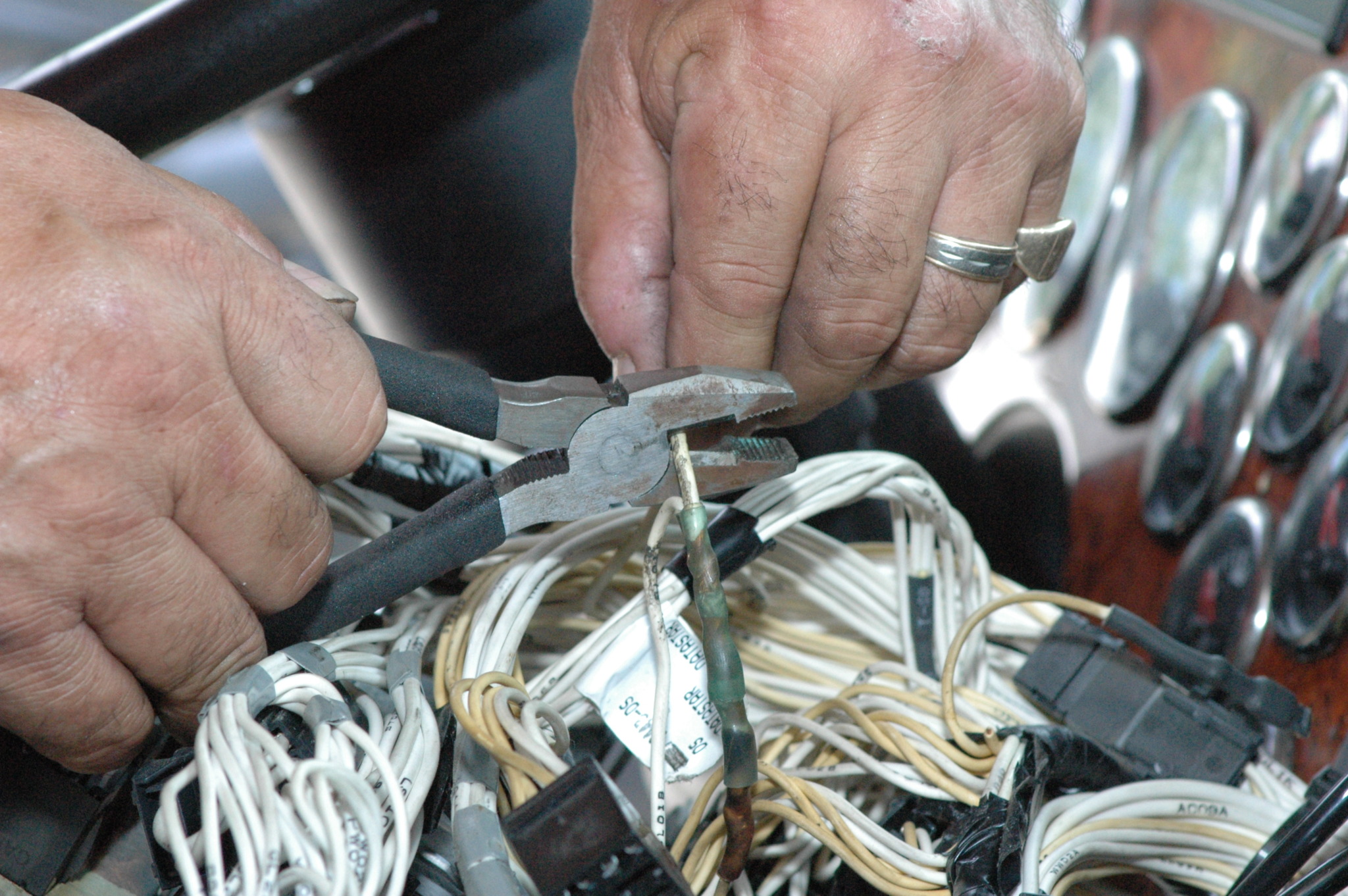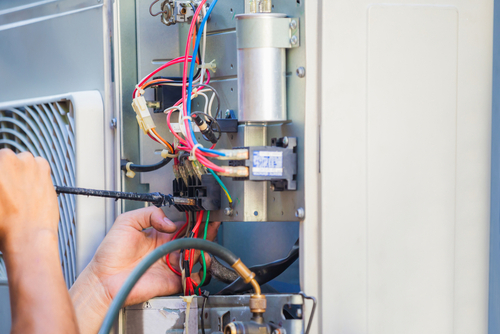Efficient electrical system troubleshooting to meet your needs.
Wiki Article
Top Tips for Effective Electric System Troubleshooting
Repairing electric systems calls for a systematic technique, grounded in an extensive understanding of electrical concepts and safety and security protocols. The subtleties of efficient fixing prolong beyond mere technological understanding; understanding how to record findings and prioritize safety and security can considerably affect results.Understand the Basics
Understanding the essentials of electrical systems is vital for effective troubleshooting, as a solid structure enables specialists to diagnose and solve problems more successfully. A thorough understanding of electrical concepts, such as voltage, present, resistance, and power, is essential in determining the source of issues. Voltage is the electrical possible distinction that drives current via a circuit, while resistance opposes the flow of existing, affecting the overall functionality of the system.Experience with circuit parts, including resistors, capacitors, diodes, and changes, is additionally critical. Each part plays an unique duty in circuit behavior and can affect performance when malfunctioning. In addition, understanding series and identical circuit arrangements is vital, as these plans affect the circulation of voltage and current within the system.
Professionals must be aware of prospective risks, such as shock and brief circuits, to carry out risk-free troubleshooting techniques. By understanding these fundamental concepts, service technicians improve their capability to conduct effective diagnostics and repair work, ultimately leading to improved efficiency and dependability of electric systems (electrical system troubleshooting).
Gather Necessary Tools
Reliable troubleshooting of electric systems calls for the best set of devices to detect and resolve concerns accurately. Necessary devices consist of a multimeter, which determines voltage, existing, and resistance, allowing for precise assessments of electrical parts.Additionally, protected hand devices such as screwdrivers, pliers, and cable pole dancers are crucial for securely controling electrical connections. It is also suggested to have a circuit tester handy to confirm the existence of voltage in electrical outlets and cords. For more complex systems, a thermal imaging electronic camera can help find overheating components, indicating prospective failings.

Adhere To a Systematic Approach
Having actually gathered the proper tools, the next step in troubleshooting electric systems is to adhere to an organized strategy. A methodical method ensures that service technicians can identify mistakes effectively and accurately, minimizing downtime and stopping unnecessary repairs.Begin by assessing the system's schematic layouts and specs. This entails checking each part systematically, beginning from the power resource and working in the direction of the tons.
Utilize screening tools, such as multimeters and oscilloscopes, to gather objective information concerning voltage, present, and resistance at different points within the system. This empirical proof will lead your troubleshooting efforts and help to verify or remove possible reasons for failing.
Additionally, think about ecological variables that may influence the system's performance, such as temperature variations or dampness ingress. A detailed examination of circuitry, connections, and components will make sure that all opportunities are represented.
Record Your Searchings For
Extensive documents is vital in the repairing process of electric systems. Accurate documents improve the efficiency of recognizing reoccuring concerns and assist in communication amongst group members. Each searching for should be diligently kept in mind, including signs observed, tests performed, and the outcomes of those examinations. electrical system troubleshooting. This method not only help in recognizing the root reason of the issue however also functions as a reference for future troubleshooting initiatives.
Additionally, maintaining a log of parts replaced or repair services executed is important. This info sustains supply management and can help evaluate the durability and integrity of certain parts.
Eventually, the paperwork procedure should be complete yet succinct, allowing simple retrieval and review - electrical system troubleshooting. By prioritizing thorough documents, service technicians can develop a valuable knowledge base that not just aids in current troubleshooting yet likewise encourages future maintenance efforts, thereby boosting general system dependability

Prioritize Precaution
Identifying the inherent threats linked with electrical systems is critical for making certain safety throughout troubleshooting. Electrical shock, burns, and equipment damage are just a few of the potential dangers that technicians encounter. Prioritizing safety steps is not just a lawful responsibility technical support for electrical industry but likewise a moral imperative that safeguards both the specialist and the surrounding atmosphere.Prior to commencing any kind of troubleshooting job, service technicians ought to put on suitable personal safety tools (PPE), including shielded gloves, safety glasses, and flame-resistant apparel. Ensuring that the workplace is completely dry and devoid of mess can dramatically decrease the danger of mishaps. Furthermore, it is crucial to de-energize circuits prior to beginning any kind of work, confirming that they are not live through the use of a multimeter or voltage tester.
Establishing clear communication procedures with staff member is likewise crucial; this ensures that everyone knows potential dangers and the standing of the electrical system being serviced. Last but not least, having an emergency response plan in position can verify invaluable in the event of an event. By prioritizing safety measures, technicians can efficiently minimize dangers and foster a much safer work environment.
Conclusion
Efficient electric system repairing counts on a comprehensive understanding of essential principles and a systematic strategy. Prioritizing safety procedures makes sure the health of people involved and the integrity of the electrical system.Report this wiki page